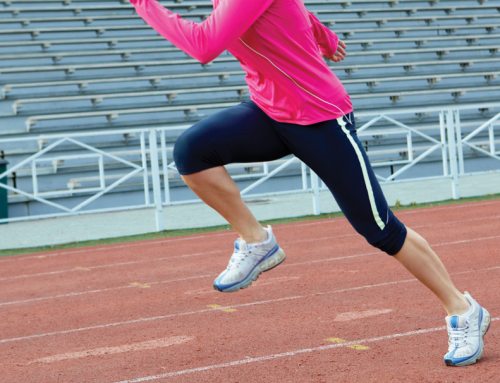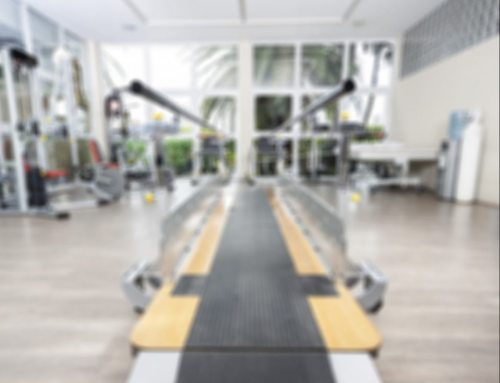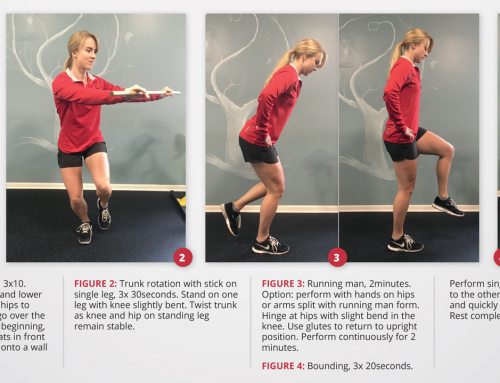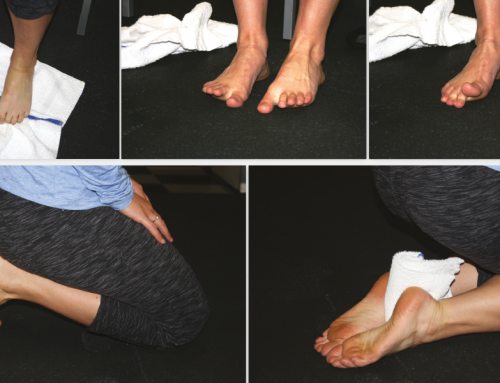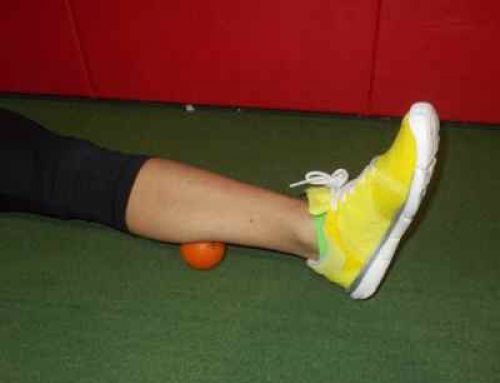By Brian Beatty
Fall is a wonderful, refreshing time of year. It can be a great time of transition. Either from a full season of events or recovery after your long “A” event. In all cases, fall running weather is a great time to get an active rest break and have relaxing ‘just for the fun of it’ runs. A transition time also makes for a great time to work on refining running form while you are not faced with a hard training goal.
Fall Forward
One commonly used cue for running form is the concept of continuously falling forward. This image of leaning your body weight slightly forward and catching yourself with your legs moving underneath you can be quite useful. This cue can help create a beneficial sense of relaxation and economy in running form. However, if not properly executed, a mental focus on falling can have a negative impact on running form.
Fall, Roll with It
Ideally as your foot strikes the ground, the joints of the leg bend and the energy of the impact is stored in the muscles and tendons like a spring. The spring rebounds as the leg straightens, pushing your body forward as your leg pushes behind you. A focus on falling that creates an image of the legs pumping up and down like pistons can be inefficient and even detrimental. The piston concept can lead to a bouncing up and down motion in running form, and less of a smooth glide forward. A better image is of the legs working as wheels instead of pistons. The leg wheels smoothly contact the ground and roll behind you as your body glides forward over them.
Falling Softly
If you feel you are working hard to absorb the impact of each foot striking the ground, then you may be over striding and generating excessive strain on your body. The position of the foot landing under the body is critical. Too far forward creates a braking force that is actually driving you backward. The landing point of the foot should be just under the center of your body as it moves forward.
However, it is also possible to lose efficiency even if the foot landing placement is underneath the forward moving body as desired. If a large portion of your running effort goes into absorbing the impact of the foot striking the ground, then your effort may not be utilized well to move your body forward. The foot contact with ground should be light and soft. The landing energy then spring loads the large muscles of the thighs and hip (quadriceps, hamstrings and gluteals). The leg springs are then constantly turning over, so that the action of the legs pushing back propels you forward. Strive for a feeling more like you are rolling over the ground; less like falling.
Another tool for quick self-assessment of form is to note what gets sore after a run. When the concept of rolling the legs to drive you forward is properly executed, the large muscles of the thighs and hips (from the waist to the knee) are well utilized and will be tired from the effort. If your typical areas of stress and fatigue are from knee down (knee joint pain, knee cap, shins, Achilles, plantar fascia), then try to focus less on the fall and more on rolling with it.
This month’s Core Corner features an exercise that can help you practice the techniques discussed in this article and begin to incorporate them into your running form.
# # #
Brian Beatty, PT, can be found at Balanced Movement Studio and in the local trails & roads trying to roll with whatever comes his way. When it results in useful information to share, he tries to capture it in posts at www.balanced-movement.com


